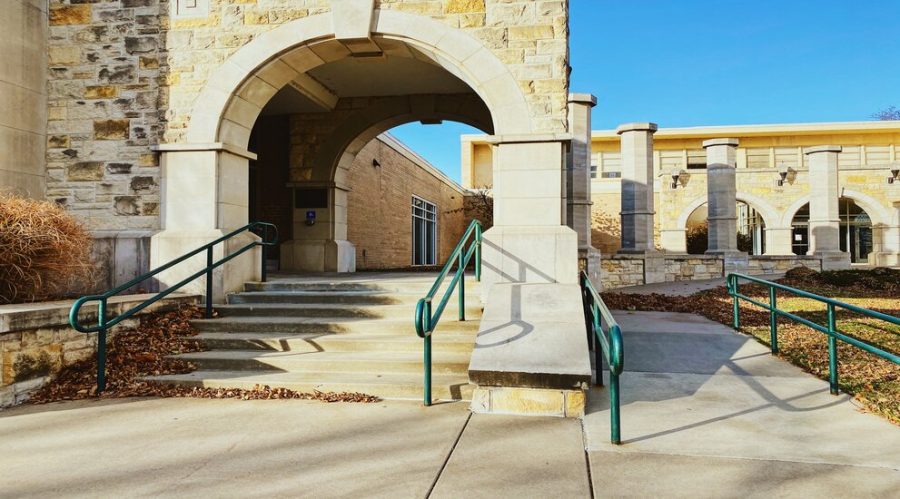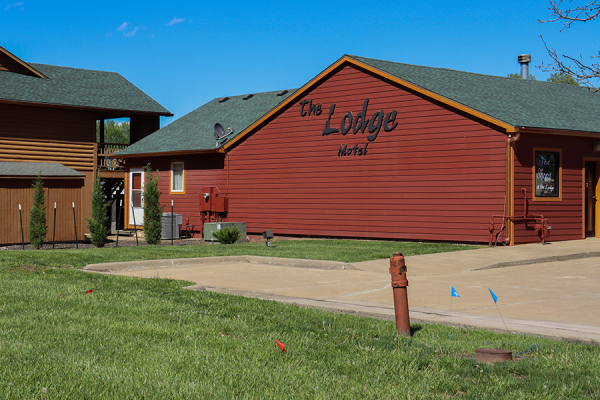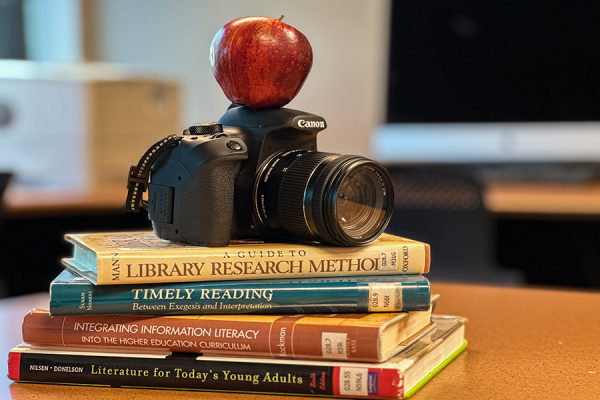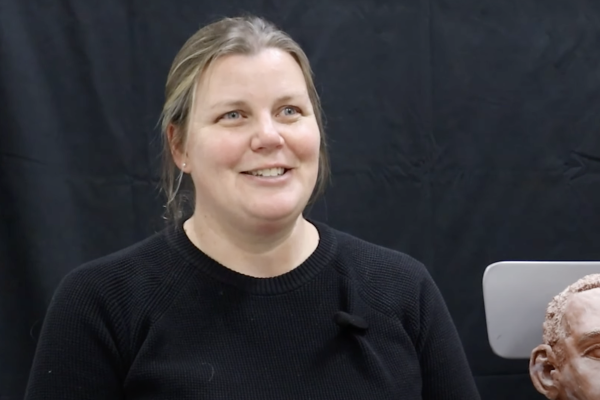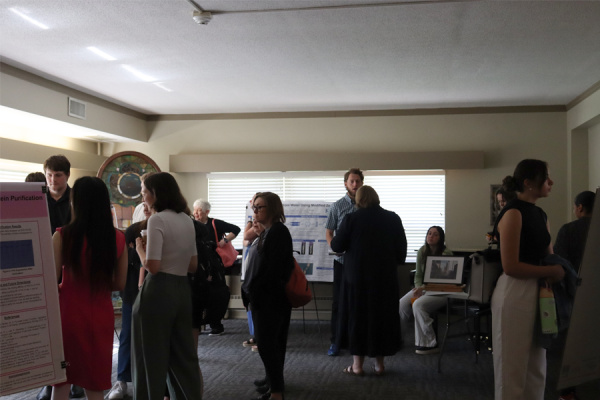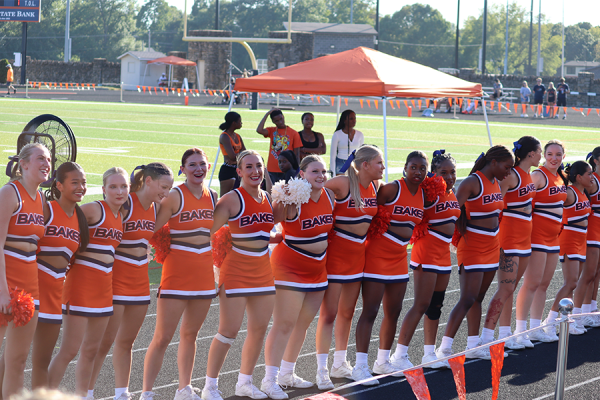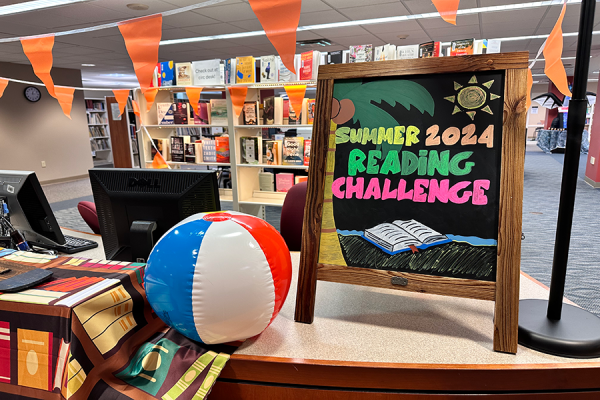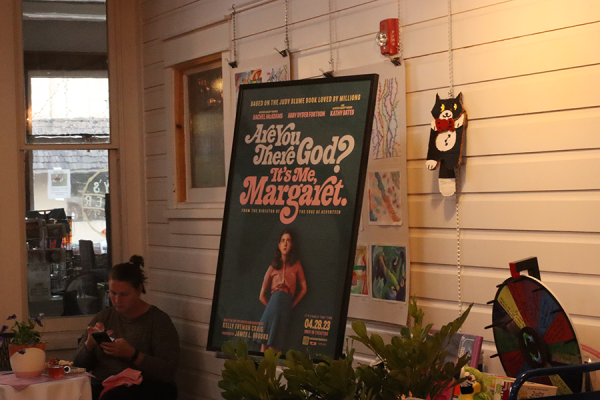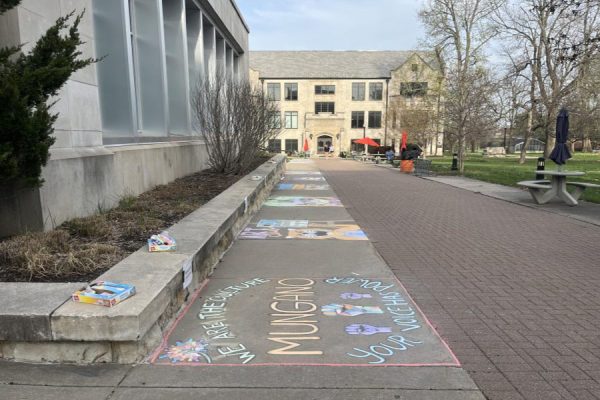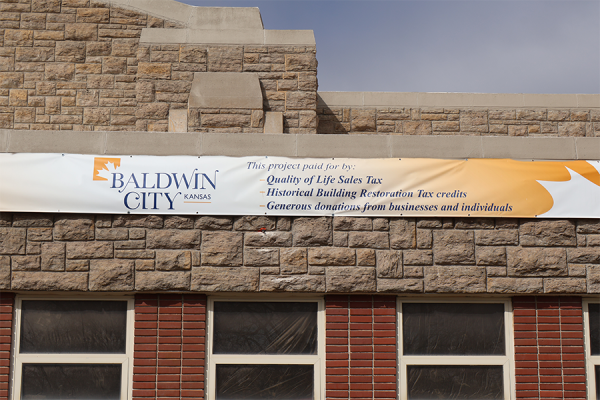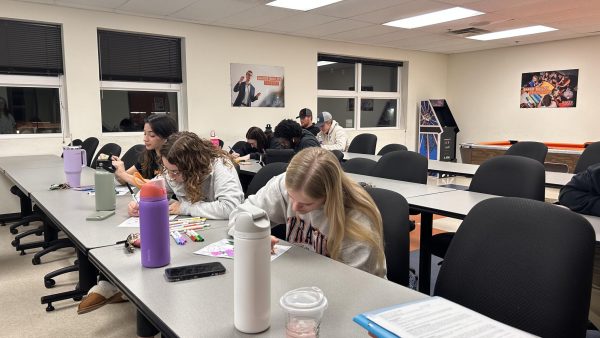Injuries and disabilities affect student access to campus buildings
Hartley Plaza offers both stairs and a ramp option to ensure students’ ability to utilize the facilities.
During the school year, it is not an uncommon sight to see students travel across campus with an injury that affects their mobility. Some may be on crutches or have scooters. Others may just have a cast or brace. However, being on campus with an injury that limits your physical capabilities is a challenge that few take into consideration.
Initially, when a student is injured and identified as someone who needs disability access into a building, it is the registrar’s office who coordinates a move in classrooms.
Buildings like Case Hall have no elevator and an abundance of stairs. So, if a person who cannot walk has a class in Case Hall, they are moved to a building that they will have easier access too.
Moreover, the Americans with Disabilities Act (ADA) law grants students with temporary or permanent disabilities the right to “reasonable access.”
Kathy Wilson, director of student academic success, also oversees the university’s ADA compliance.
“‘Reasonable’ is an ADA term we use,” Wilson said. “It implies a responsibility for a conversation to happen.”
Prior to the implementation of the ADA law, Wilson said that it was not required that public buildings made themselves accessible to people using mobility devices.
“The law created access points for people using mobility devices so they would be able to have that freedom of mobility,” Wilson said.
However, Wilson stressed that there are some things that the ADA law cannot do for students.
“The law cannot release a student from course expectations whether it’s attendance or assignments,” Wilson said.
Baker University had no choice but to make itself accessible to people with disabilities, either permeant or temporary. But students who have had to use the ADA accommodations for a temporary disability had thoughts on the university’s accessibility.
Shelby Clark, junior, has a leg brace and walks with crutches due to a broken leg. She has experienced that some parts of campus are easier to access than others when walking with crutches.
“Some of it was accessible, but for buildings like [Mabee Memorial Hall], you have to go all the way around through the front if you don’t want to use stairs,” Clark said.
Kristina Taylor, senior, expressed similar feelings when she used an electric scooter to get around campus when she had a serious injury that left her unable to walk.
“I had many classes that had to relocate because the building they were in was not handicap accessible,” Taylor said.
Despite building access being an issue, Wilson said the Baker University grounds crew are very reactive to unexpected issues which cut off a student’s access to campus.
Wilson described a time when a student was using a mobility device and it snowed. When the city crews came to plow the streets, they had piled two feet of snow on the crosswalk which prevented that student from being able to come to class.
“Facilities were called, and someone came over with a shovel to remove the snow,” Wilson said.
Wilson said that some issues, such as snow or even tree limbs, are ones the university cannot anticipate and are dealt with accordingly.
However, the widespread use of Zoom may make it easier for the university to provide access to classes.
Clark’s injury occurred this year and she said that Zoom has made going to class easier for her.
“Some of my classes are all the way across campus so the option to Zoom has helped out a lot,” Clark said.
While Zoom has the potential to alter how ADA access is currently handled on campus, both Taylor and Clark stated some things they feel need improvement.
“Overall, I think, as costly as it would be, the buildings need to be updated for those who are handicapped. As that was the main issue I faced with actually attending classes,” Taylor said.
Clark, however, said there is a more specific issue the university should address.
“Some of the buildings could have more buttons that open the doors. I was opening most doors myself,” Clark said.
ADA access rules have allowed for students with disabilities or injuries to combat many struggles, but the fact remains that there is always room for improvement.

Jamie Pellikaan is a senior majoring in History and Religious Studies with minors in Mass Media, Primary Texts and Creative Writing. She is the current...


